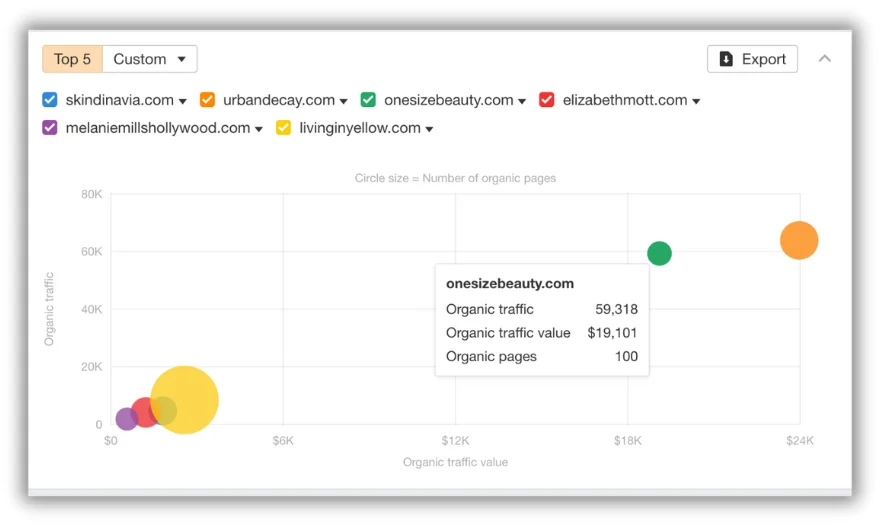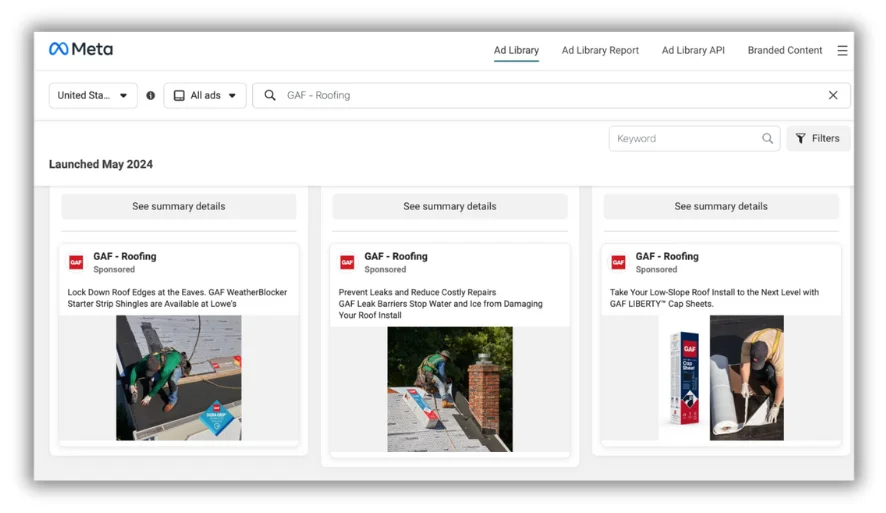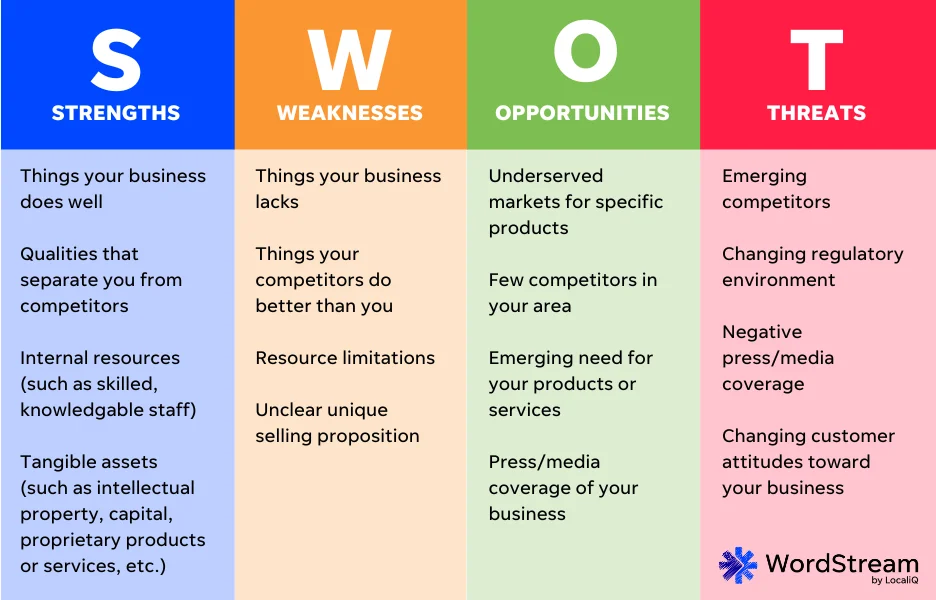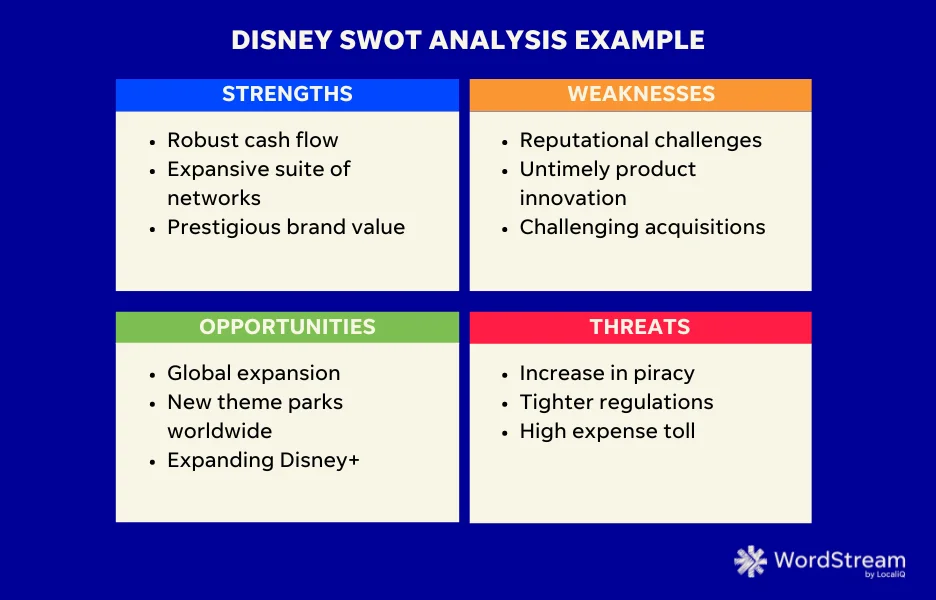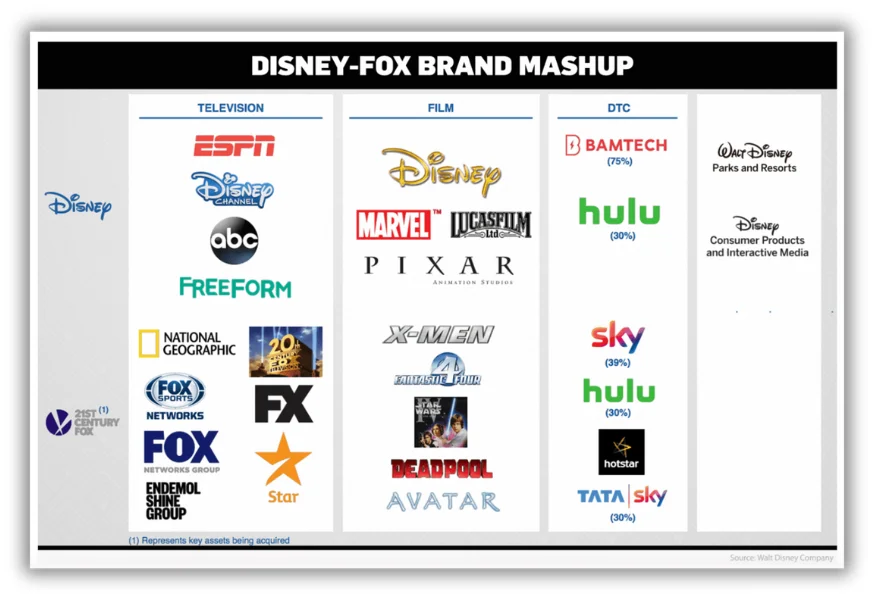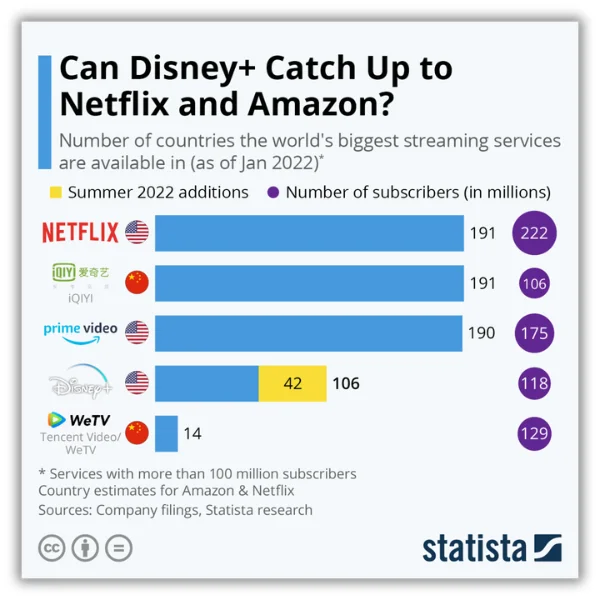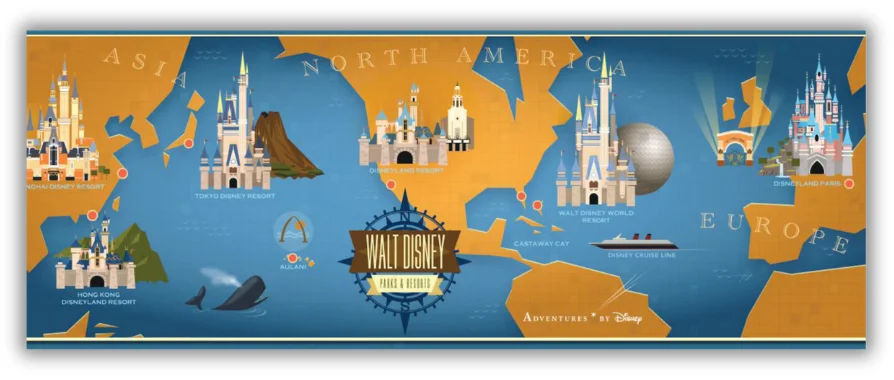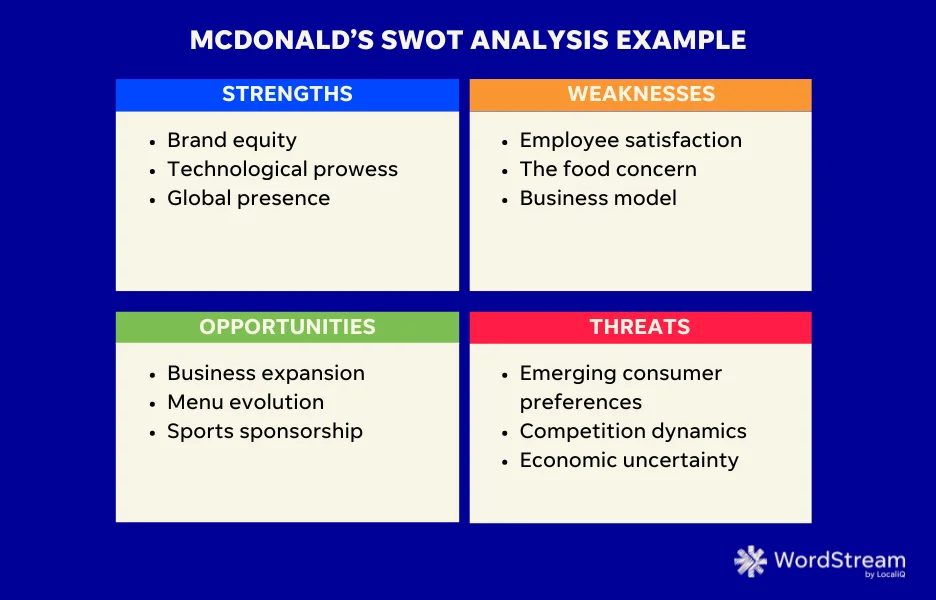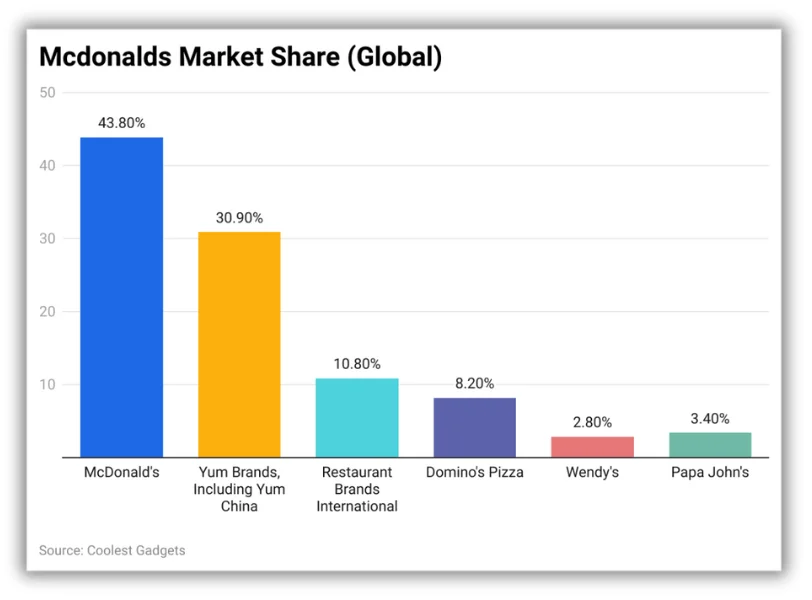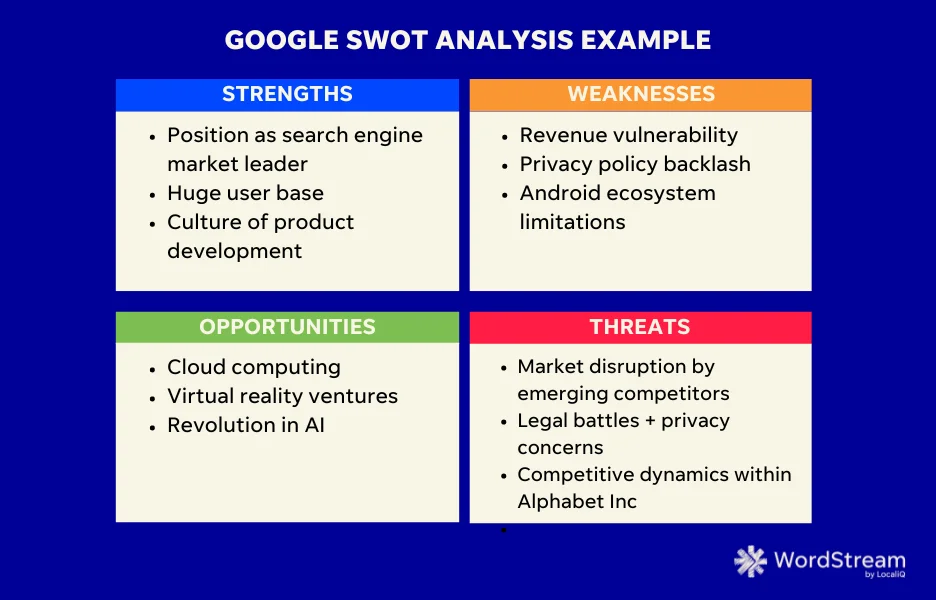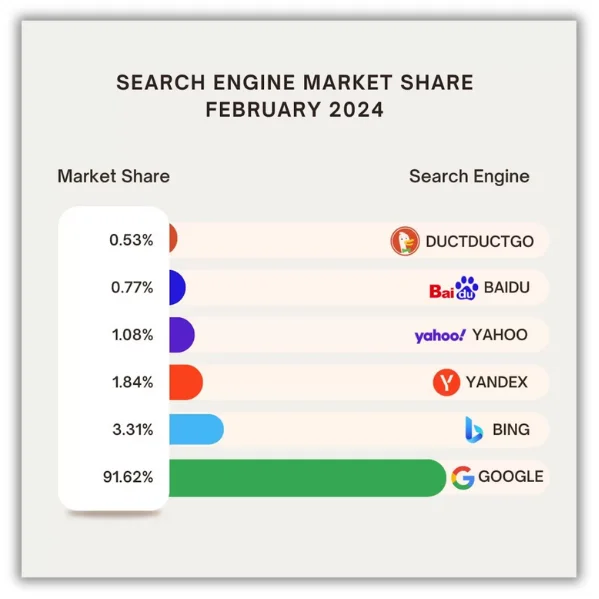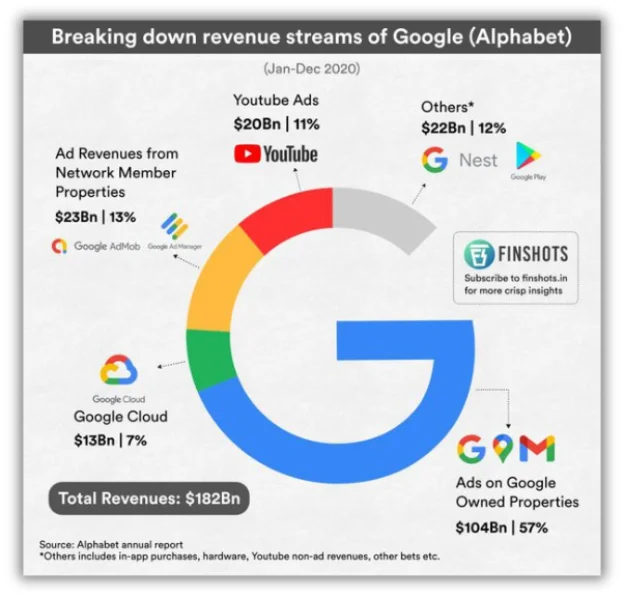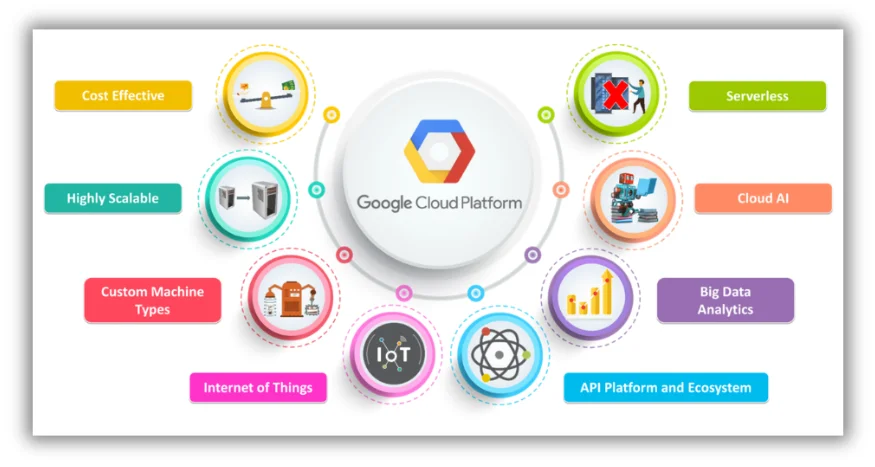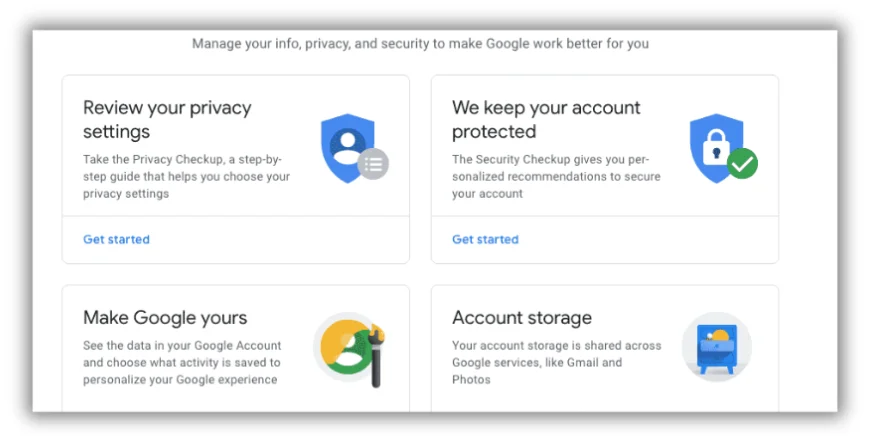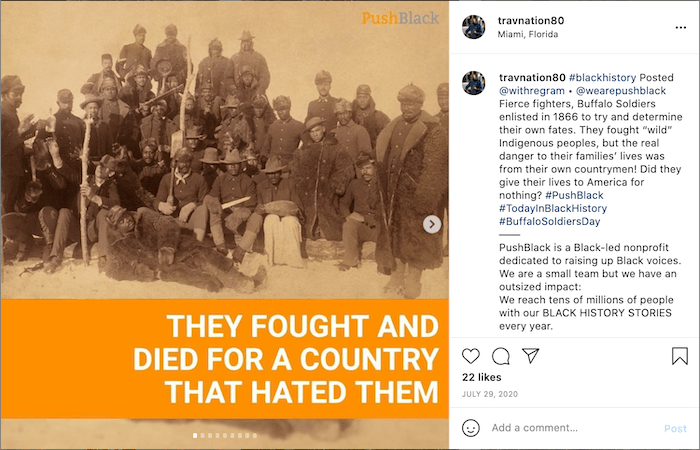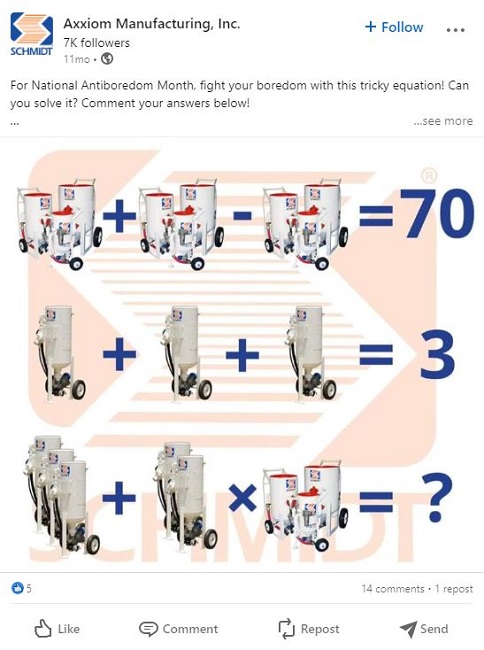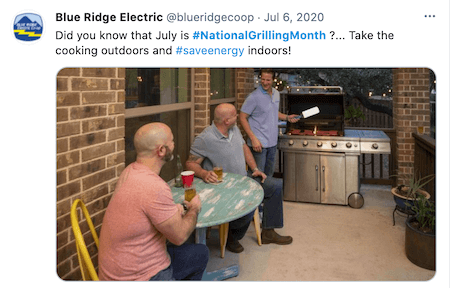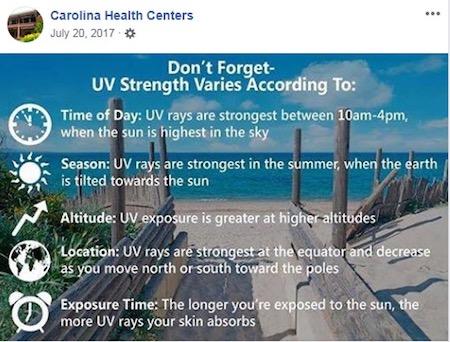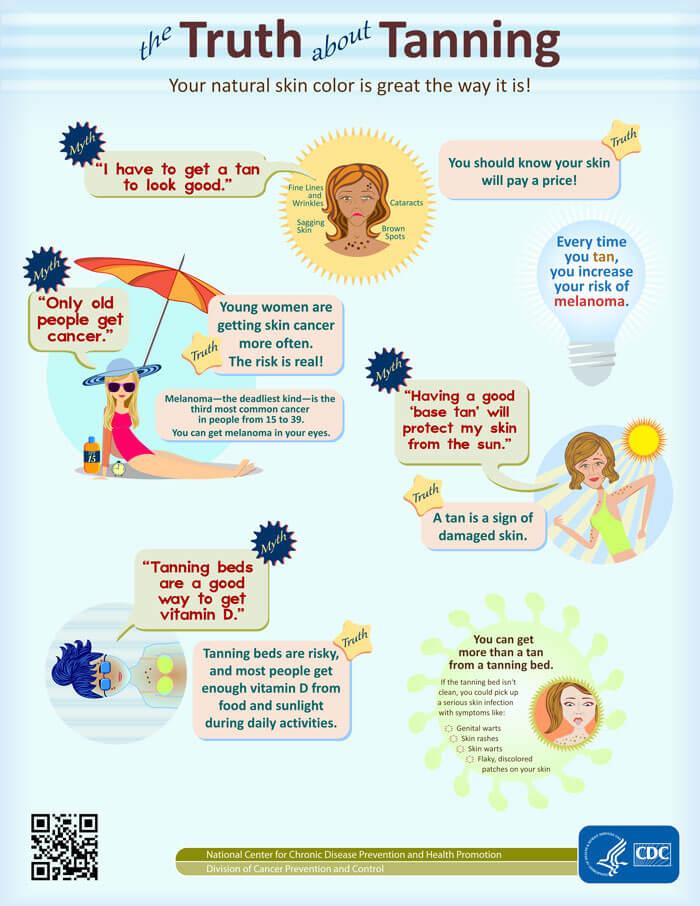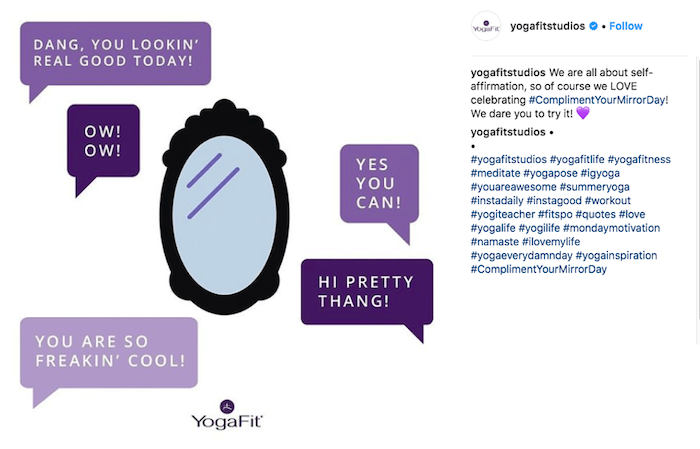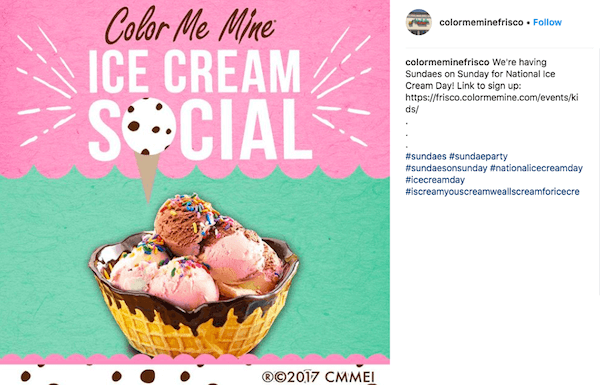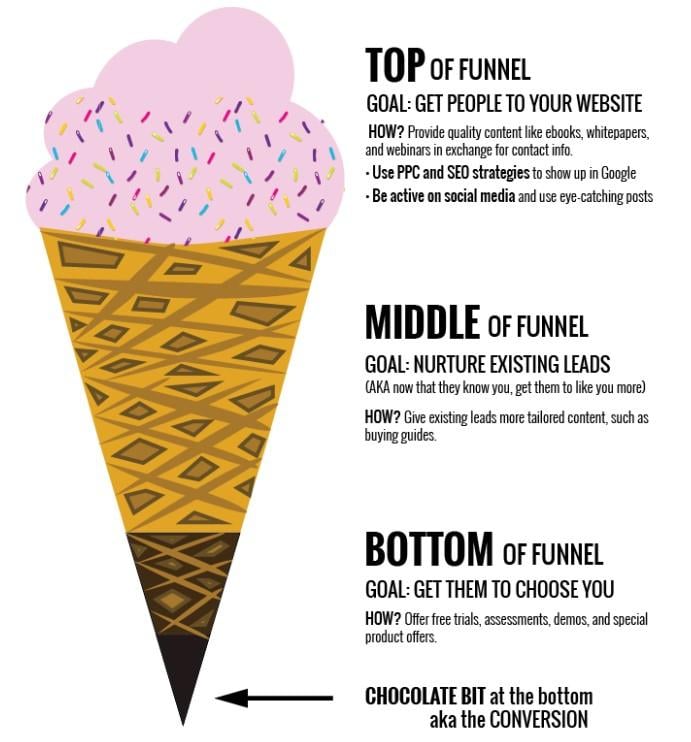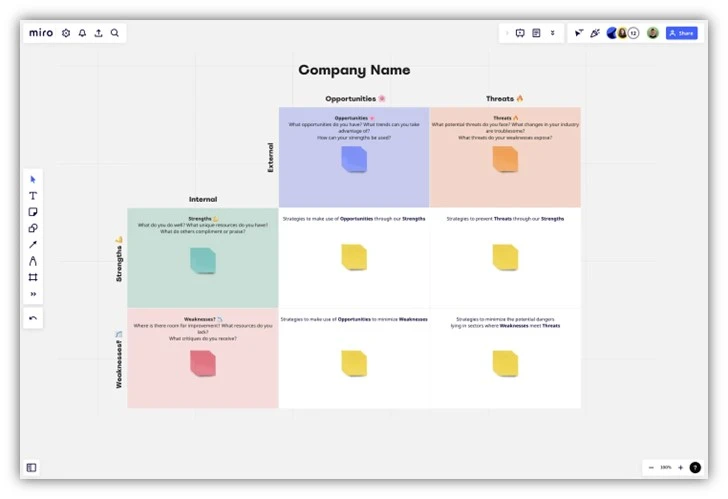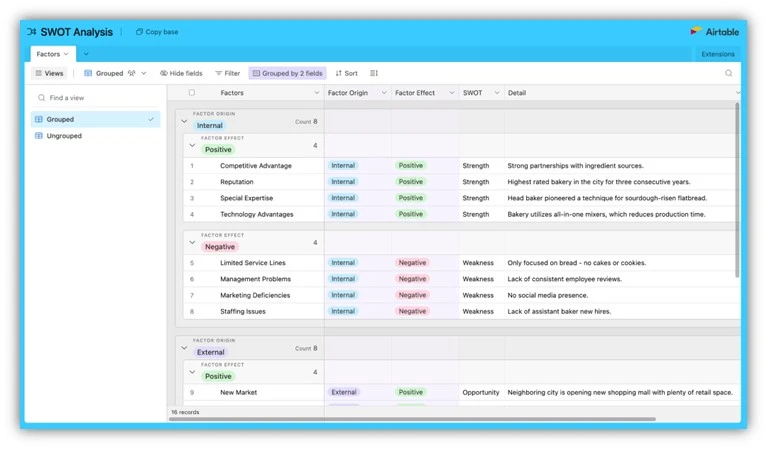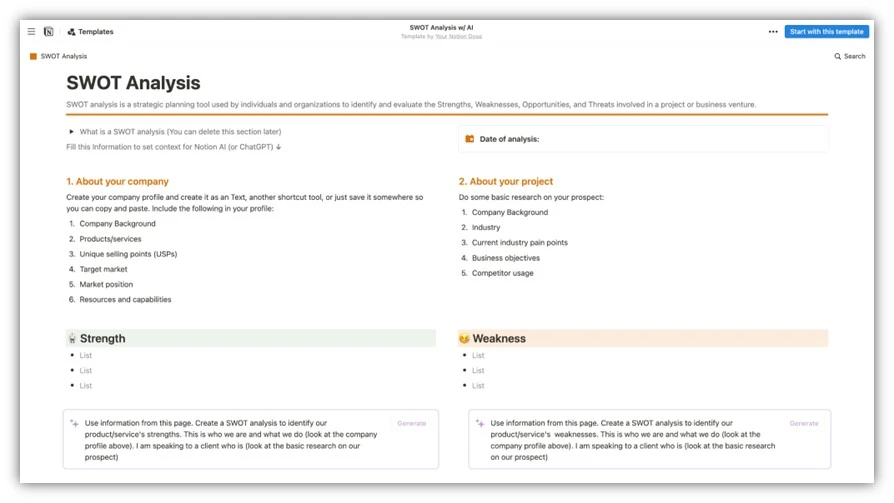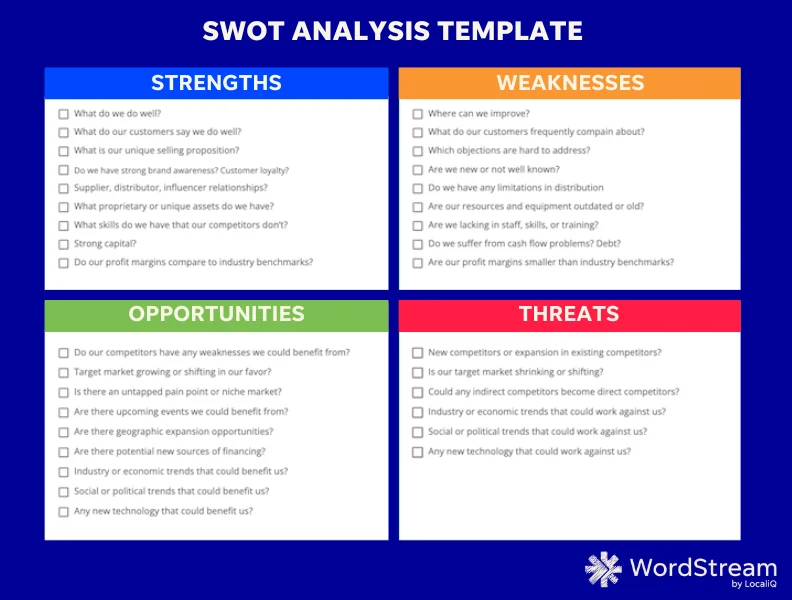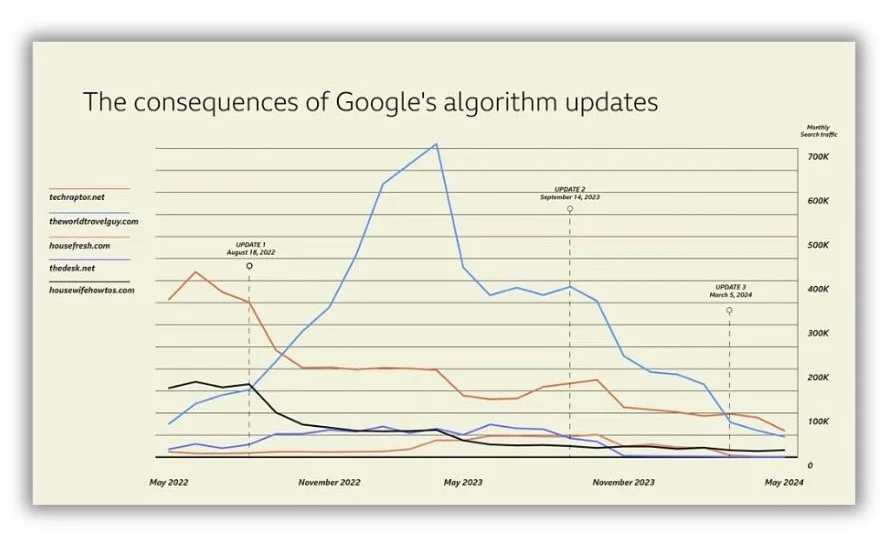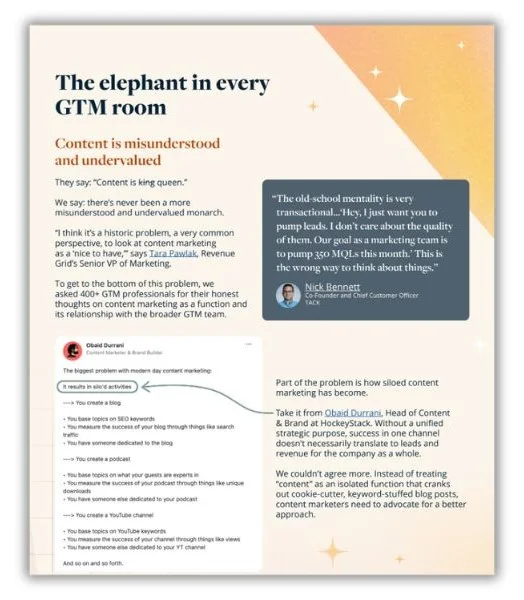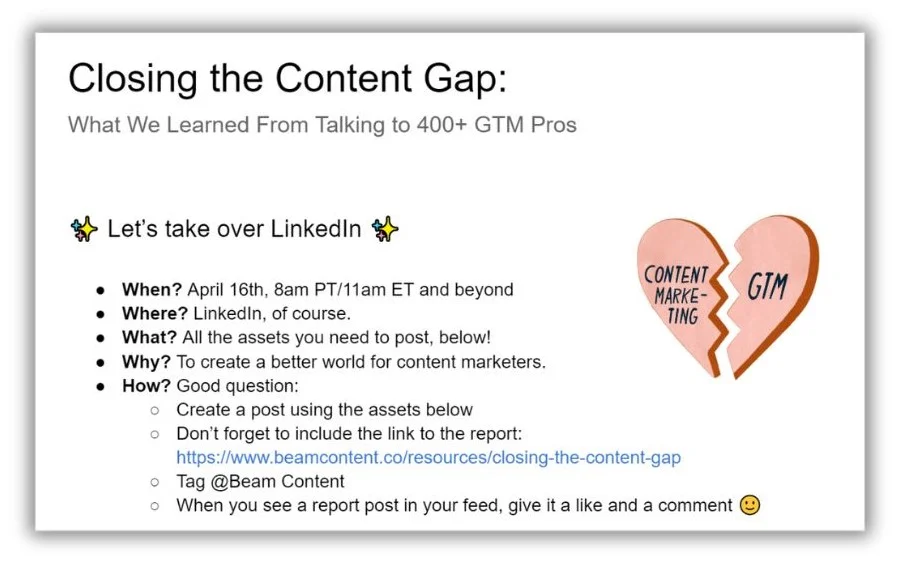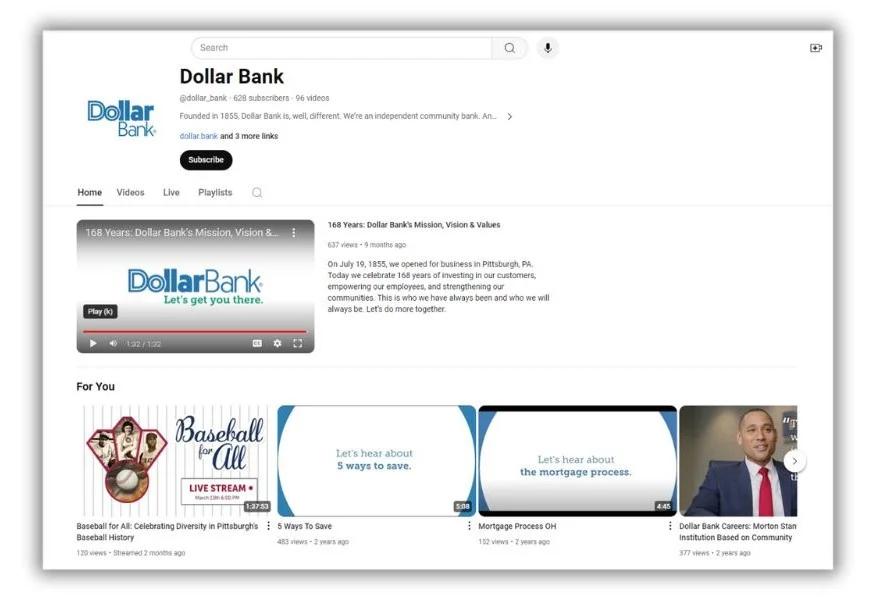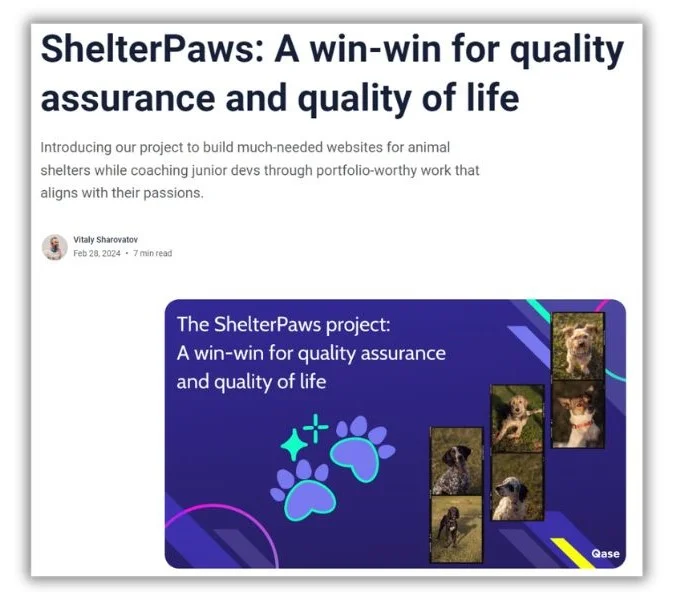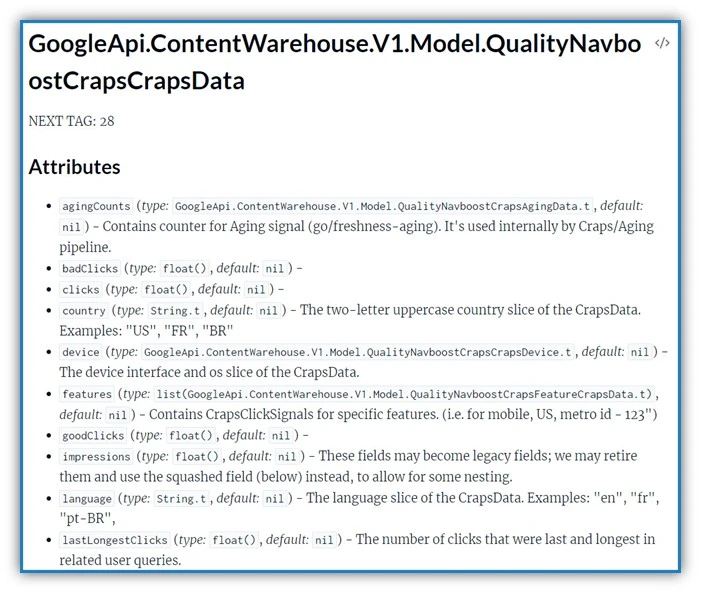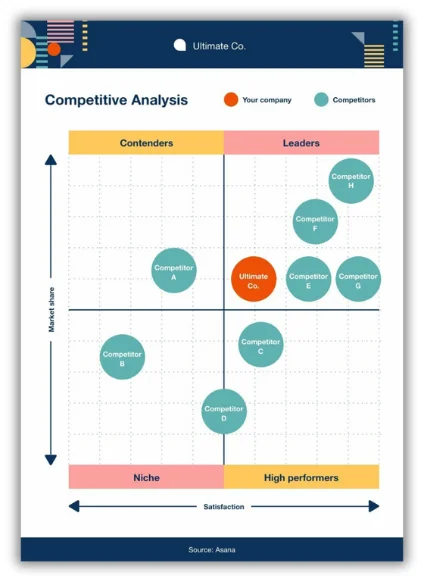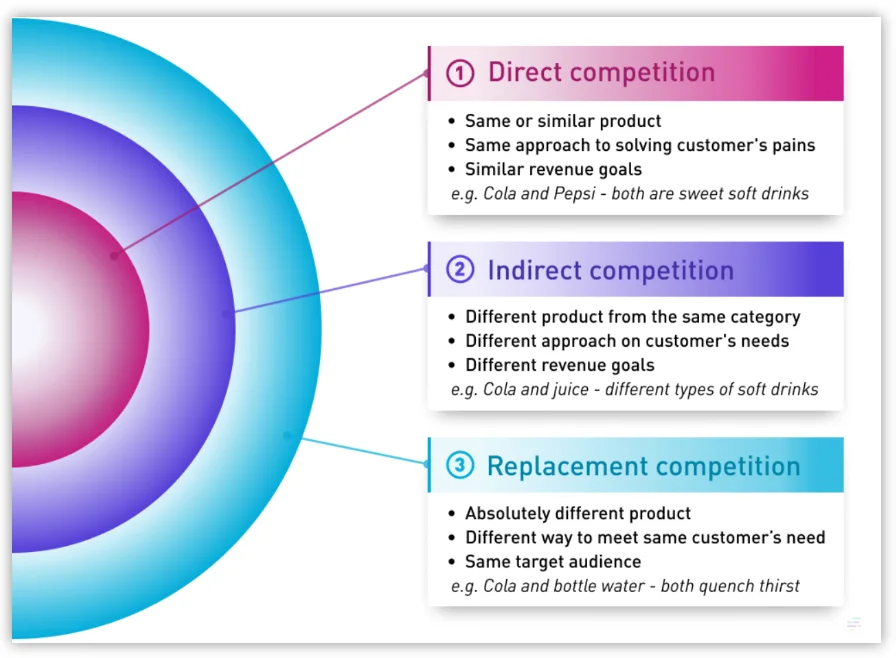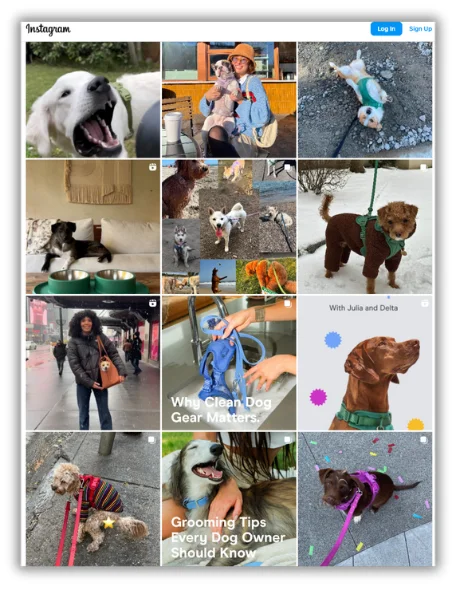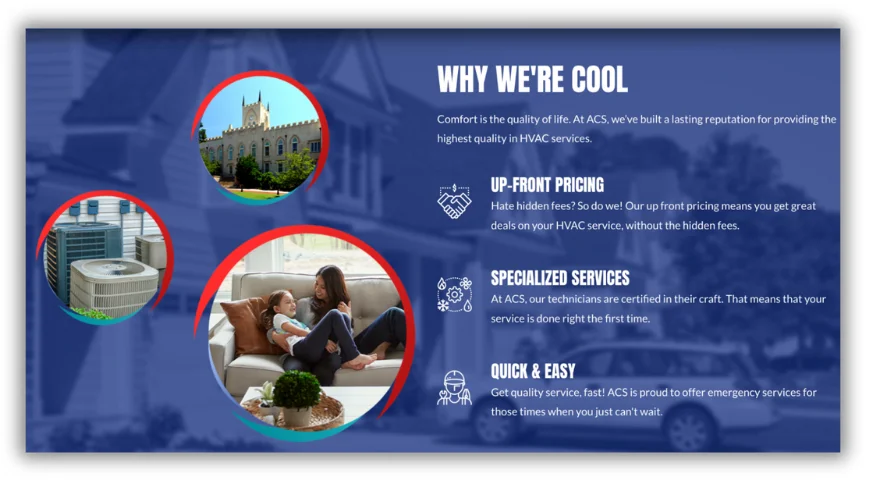Search engines are still the best channel for generating long-term, evergreen traffic. But Google’s been messy lately. AI Overviews and recent core updates are making the search engine a less reliable option for marketers.
If you want to mitigate the effects of wild search engine swings, you need to diversify your traffic sources.
That’s an excellent notion, but how do you do it?
I asked some very successful marketers for help. They shared tactics that deliver thousands of qualified visitors without paid ads or reliance on Google.
Contents
Why should you diversify your traffic sources?
I firmly believe that knowing why you do something helps inform how you’ll do it. The marketers I spoke with shared why they invest in multiple sources of organic traffic. Their reasoning sets a nice foundation for building the strategy.
💡 We’re just getting started! Download the 25 Ways to Increase Traffic to Your Website for even more ideas.
Mitigate traffic fluctuations
Few financial advisers will suggest putting all your money in one asset—even if it’s offering the biggest return. You’ll be too exposed when the value fluctuates.
The same goes for where you invest in marketing. Sure, Google delivers the most organic traffic by far. But we’ve recently seen small websites and big publishers lose huge chunks of their traffic from Google overnight.

A few small websites became examples of how Google updates can kill traffic overnight, as shown in this graph of Semrush data presented by the BBC.
If you can rebalance your website traffic sources so, say, 40% of it comes from outside of Google, you’ll weather the dips far better.
Faster feedback loop
SEO is like a giant cargo ship. It can deliver a lot, but it takes a long time to get up to speed and a long time to turn. You might spend months publishing dozens of articles before you know if your SEO strategy is working or needs a new direction.
Other channels, like email marketing and social media, provide near-instant feedback. Is this topic relevant to your target audience? Engagements on your social posts will tell you. Are your headlines hitting? Just look at your email click-through rates.
Lets you become a thought leader
SEO-focused content helps you answer questions people already have. But what about things your audience doesn’t know to ask yet? You know, the ideas that let you lead thoughts instead of chasing them.
That’s where discovery channels like social media and online communities come in handy. You don’t have to wait for your audience to think up a question. You present them with content that solves problems they didn’t know were solvable. And you get first-mover advantage when those topics take off.
It supports your search marketing strategy
Search engine marketing is changing, but it isn’t going away. The smart money is on marketers who efficiently leverage SEO and other organic traffic sources.
Every idea on the list below will also help you rank on Google. They may get you more quality backlinks (something we learned Google tracks). They can help solidify your topical expertise. And they can help own new search terms as they gain popularity.
🛑 If you’re also using paid search ads to drive traffic, use the Free Google Ads Grader to make sure they’re optimized.
6 expert tactics to drive traffic to your site
We only put one qualifier on our question about how to drive non-paid traffic: it can’t come from Google. The experts came back with an unexpected variety of ideas.
Tactic #1: Creatively distribute original data
One of the best things about SEO content is that a single asset can generate organic traffic for a long time. Brooklin Nash, Co-Founder of Beam Content, has a strategy to replicate that long-lasting success without relying on Google.
It starts with gathering fresh data no one else has. “We take original data—whether it’s survey data, platform data, or benchmark data—put it into a cohesive, extensive report, and follow up on it with several articles that dive deeper into different aspects of the report,” Brooklin explained.
But the real magic happens in the distribution. Brooklin and the Beam team use a networked distribution strategy to get the content in front of a lot of people without relying on search or spending on ads.
To illustrate the strategy, Brooklin shared a recent report the Beam team created for their own marketing. It’s based on seven interviews and a survey of 400-plus content marketers and other go-to-market professionals. The goal is to help close the communication gap between content creators and the larger marketing teams they work in, a relevant topic for Beam’s audience.

Beam left its report ungated so it could drive organic traffic more effectively.
A survey-based report is great, but it’s not novel. What Beam did differently was to start the distribution process long before completing the report.
“Sam, our creative lead, put together a takeover doc for the team and for the people we interviewed,” Brooklin says. It included a little competition, where the person with the most engagement on their social posts got a prize.

Beam gave its internal team and interview sources instructions to facilitate sharing the new report.
They also sent a simplified request to the survey respondents, asking them to share it if they found the report insightful.
“Over the course of a few days, we had several posts going out, so it was in a lot of peoples’ feeds,” he said. “We got quite a few organic shares as a result of that.”
Brooklin says they drove 2,500 organic views in just a few days, which, he noted, is significant for their size, especially without spending anything on distribution.
There are a few ways Beam will keep the traffic flowing. They’ve planned a few follow-up articles of their own. They’ve also accepted a pitch from an outside industry expert who’ll write a post, add their commentary, and expose it to the expert’s network.
“We launched in April, but this should support follow-up content through the end of the year,” Brooklin noted. “And none of it is on search.”
How to use this strategy for your business
This strategy is accessible to just about any marketing team—Brooklin says they’ve used it for clients in a variety of industries.
For example, a physical therapy office could survey local runners on their favorite routes, recovery snacks, and cross-training activities, then ask them to share the findings in their feeds.
The three keys to success, according to Brooklin, are:
- Make the content good and engaging: He admits this sounds obvious, but it’s critical. Find an angle that resonates with your audience and surface unique insights you can’t find elsewhere.
- Involve people throughout the process: Set the expectation that your internal team and those who provide the data will distribute the content, then give them tools and incentives to do so.
- Take the long view: Maximize the impact by publishing follow-up content created internally and through external experts.
Tactic #2: Use YouTube SEO
Let’s say you’ve spent years honing your ability to get content on the top of search results. What do you do with all that SEO knowledge besides spending it on Google? If you’re Devin Pickell, Founder at Do I Need SEO, you apply it to YouTube.
“I’m always devising new ideas to drive traffic for my clients, especially since generative AI has most of us marketers and business leaders scratching our heads,” Devin says. “One way I’ve thought outside the box is how can I take my knowledge of YouTube SEO to not only scale channel views but also be a referral traffic driver to the site?”
Devin points to one instance where a client in the business communications sector—not your typical YouTuber—drove thousands of engaged visitors back to their site through the video-sharing platform. And like Brooklin, he says the strategy starts with the right content.
“A lot of the content in the business comms sector is very boring, lengthy, and technical,” he says. “We sought to make our content more snappy, more fun and digestible, and more educational.”
Devin couldn’t share the specific company from this example (which is common for agencies and fractional marketers). But if you check out Dollar Bank’s YouTube channel, you’ll get an idea of how to publish interesting videos when you work in an industry that isn’t known for creativity.

Dollar Bank’s YouTube feed is filled with a variety of helpful, educational, and accessible videos.
Devin added that the next step was to set a consistent video publishing schedule “to satisfy YouTube’s preference for consistency and keep viewers engaged.” YouTube’s algorithm looks for topical authority when ranking content, so having a feed full of related videos is a solid move.
“Now came time to master YouTube SEO to get the most visibility on our channel and start driving viewers to the site,” Devin explained. This included a list of YouTube SEO fundamentals like:
- Title testing
- Creating in-depth, keyword-rich video descriptions
- Adding tags and timestamps
- Including sitelinks
- Embedding videos in blog posts
Devin also “tinkered” with thumbnails and found styles that led to higher clicks in YouTube results.
While the brand’s YouTube channel was already doing well because of its differentiated content, it really took off after getting the SEO treatment. “[Optimization] was a recipe for success,” Devin says. “YouTube rewarded the channel with record monthly views in May 2024, and it’s still climbing.”
How to use this strategy for your business
First off, don’t stress big production budgets. Sure, get a professional videography crew if you can swing it. But check out how this animal shelter racked up over 7 million views with a funny take on over-the-top local ads.

This animal shelter proved you can get millions of views with a simple video concept.
Devin says the three actions that lead to generating views and traffic on YouTube are:
- Consistency: Post regularly and at the right time.
- Optimization: Put those SEO skills to work.
- Engagement: Don’t forget to read and react to viewer comments.
Devin noted that the one thing generating non-paid traffic from YouTube and getting it from Google have in common is that you have to stick with it.
“I highly recommend brands, even B2B brands, start taking YouTube more seriously in their content strategies,” he says. “You’ve played the long game with your blog; it’s time to give the video its due diligence.”
Tactic #3: Be helpful in online communities
One of the core content commandments is to provide value first and sell later. While it’s nice when you can publish a helpful post that people search for on Google, it can be more impactful to actively provide support in places where your ideal customer gathers.
That’s why Rease Rios, Director of Content at Qase, is bullish on online communities. “At Qase, we supplement our organic traffic from Google with various efforts across forums and Github.”
For non-developers (👋), GitHub is a public repository that lets developers store, work on, and track the code they’re building. It also acts like an online community of sorts, where technical businesses that sell to developer teams can offer value in the form of code and documentation.
Rease shared a wonderful and unexpected way Qase leads with value while earning organic traffic.
“One of our Developer Advocates runs a project called Shelterpaws that involves him mentoring junior QAs and developers as they build websites for animal shelters around the world,” she told us. “All of that work is managed on Qase’s public Github so that anyone can discover it and help shelters on their own.”

Qase supports Shelterpaws, a project to create websites for animal shelters.
While developers dip in and out of the GitHub project, they become more familiar with Qase. Rease works with the organizer to share helpful resources on Qase’s GitHub, which builds a community and drives additional organic traffic.

Qase hosts the Shelterpaws project on its public GitHub.
How to use this strategy for your business
While you may not be writing code to share on GitHub anytime soon, you can still copy this page of Rease’s organic traffic playbook. There are loads of online communities to engage with, from big forums like Reddit to niche discussion boards.
Here are a few steps that’ll help you drive more traffic from online communities:
- Find your forum: Search online and ask your customers to learn where they gather online.
- Lead with value: Go in with an honest desire to help first and build relationships, then only offer your solutions when appropriate.
- Be creative: You wouldn’t think a company that sells test management software would be involved with small animal shelters, but by thinking outside of the box, Qase built a marketing pipeline that makes it less reliant on Google for traffic.
Tactic #4: Build a newsletter for email and social
The biggest problem with relying too heavily on Google for traffic is that it owns the platform. One rule change can close the tap of website visitors. Ajdin Perco, Head of Content at Animalz, sees newsletters as the solution.
“We work with a VC investor who’s been writing a weekly newsletter for over six years, totally by himself,” Ajdin told us. “He’s built up a large audience on both social and email.”
Unpack that short statement, and you’ll find three important lessons about generating organic traffic. First, if you’re going to create assets for one channel, like a newsletter, it’s wise to use it as a traffic driver from another channel, like social media. We can’t share the name of Ajdin’s VC investor, but this is an example of how a newsletter LinkedIn post would look.

Newsletters can be an organic traffic magnet when you share them on social media.
Second, a single person without extensive marketing knowledge can tackle this tactic. Ajdin said the investor “gets thousands of organic visits every month” from the newsletter he writes himself.
Third, Ajdin said that he’s learned the importance of persistence from this example. Building your newsletter audience will take time, but just like SEO, once the ship sets sail, it’ll keep building steam.
How to use this strategy for your business
This is probably the most accessible tactic on the list. Many email automation tools are available to help you get started, and there is a nearly endless list of newsletter ideas.
To start building a newsletter pipeline that consistently brings new visits to your website:
- Cross-promote: Share links to your newsletter subscription page in blog posts, on social media, and even in your email signature.
- Write from your expertise: It’ll be much easier and more authentic to share your own knowledge, successes, failures, and experiences (like, what challenges did you overcome this week?).
- Include a compelling call to action: The goal is to get people to click from the newsletter to your website, so give them clear instructions and motivation to do so.
Tactic #5: Create content teasers on social media
We’ve seen a few ways to get traffic from social media on this list. This tactic from Abbie Mood, the Marketing Director at Velocity Advisory Group, is brilliant in its simplicity. She creates teasers for social media posts that give away a bit of the value of her most important content assets. “I usually use this for gated content on the website, but it’s been effective for non-gated content, too,” Abbie said.
According to Abbie, the trick is designing the social post so it resonates with your specific audience. Here’s a LinkedIn teaser she used to promote a recent case study for a group of business leaders.

Abbie Mood shows off the value of her content on social media with teaser posts.
“I create a colorful visual that gives a couple of the stats and/or shares the challenge and results, but viewers have to click and go to the website to read the full case study and find out how that client got those results.”
How to use this strategy for your business
Abbie’s example shows that this strategy requires creating something that stands out on a busy social feed. But with that effort comes traffic.
Here are a few tips that’ll help make the most of your content teaser posts:
- Find the right platform: The most popular social media platform isn’t right for every business, so choose the one your target customers spend time on and which has features that let your content shine.
- Don’t be basic: A few words of copy and a link won’t stop scrollers, so add some visuals and a hook that makes people willing to click for more.
- Test for a variety of content: For Abbie, teasers work like a charm for case studies, but you might find it better for your original research or expert round-up posts (yes, that’s an Easter egg for the next tactic).
Tactic #6: Include industry experts in your content
According to the tenets of Google’s E-E-A-T quality content guidelines, including first-person experiences and expert accounts in your content can help it rank. But you’ll also bake a powerful organic distribution strategy into the post when you involve pros from your industry.
At WordStream, we call these our expert-led posts (like in the one you’re reading, for example). They reliably generate thousands of organic visits, mostly from non-Google channels.

Including expert voices in our content makes it more interesting and creates an automatic distribution network.
Each post features several industry experts who have experience with the post’s topic. We quote them, link to whichever websites or accounts they like, and ask them to share the post in whatever way makes sense.
Once the article is published, we link to it in our regular newsletter and on social media posts. We tag the expert and, if applicable, the business they own or work for. That doubles the repost opportunities.

LinkedIn is a great channel for getting reposts of your expert-led content.
Many marketing pros we include come from our personal networks. But we also reach out to people we’ve seen post on LinkedIn because we know they have a following and are familiar with the topic.
We completed three of these posts as an initial test. Collectively, they generated over 19,000 organic pageviews. Even better, more than 70% of that traffic came from sources outside of Google.
It takes much longer to produce and promote an expert-led post, so we repost it a couple of times on social channels to squeeze as much value as possible from it.
We also recycle the experts’ quotes. For example, we may reference a quote from the lead generation post in a future search-optimized guide about lead generation. It’s a nice and easy way to add authority to SEO content.
How to use this strategy for your business
You can swipe this strategy if you have experts in your industry, especially if they’re active on social media.
Since the experts are at the heart of this strategy, I’d like to share a few tips I’ve found helpful when working with them:
- Respect their time: Make your request simple and let them respond however they like (we’ve had LinkedIn messages, emails, Slack notes, Loom videos, and Zoom/Teams calls).
- Give something in return: They’re establishing themselves as thought leaders, too, so offer backlinks, call-outs on social, or any other way you can give them exposure.
- Ask for an example: I love examples in content, so I ask sources to share one they were involved in or seen in the wild.
Diversify your traffic sources beyond Google
In sales, a single-threaded account is one where you only have one point of contact at the prospect’s company. It’s considered a precarious deal because you won’t close the sale if that point of contact leaves, gets cold feed, or gets outvoted.
If Google is your single thread for website traffic, your marketing funnel is equally at risk. A single algorithm change or expansion of its AI Overviews can disrupt the flow of visitors to your site.
The experts we spoke to in this post have fortified their top-of-the-funnel traffic flow, buffeting their businesses from the whims and whirlwinds of search engine algorithms. Give their tactics a try, track what works, and double down on the winners. Then, the next time other marketers scramble to recover from a core update, you can turn up the heat on a few other channels and hardly miss a beat.


